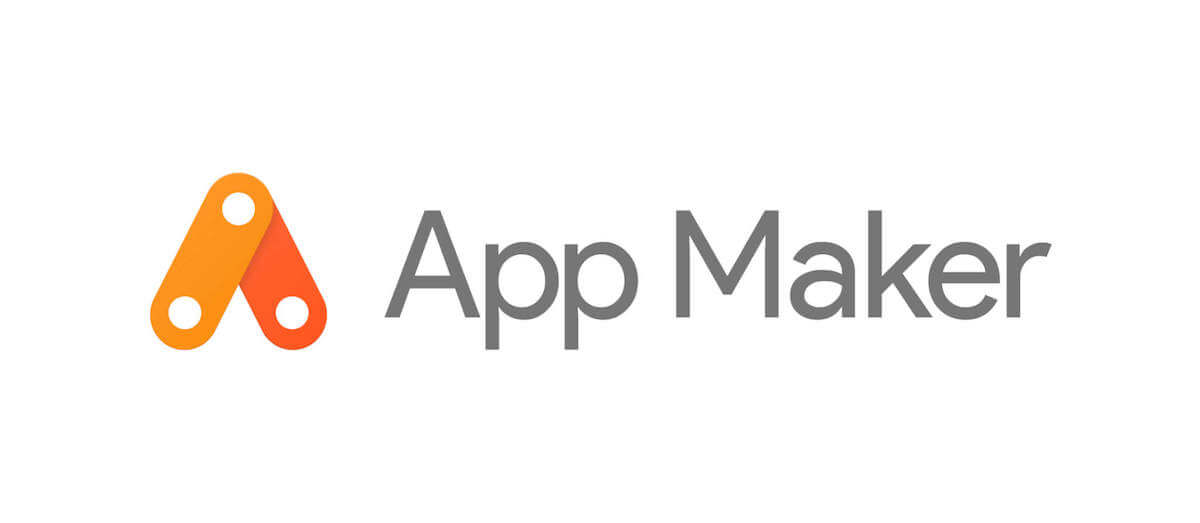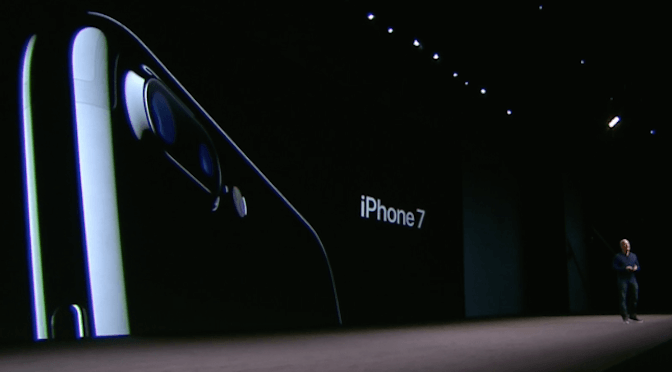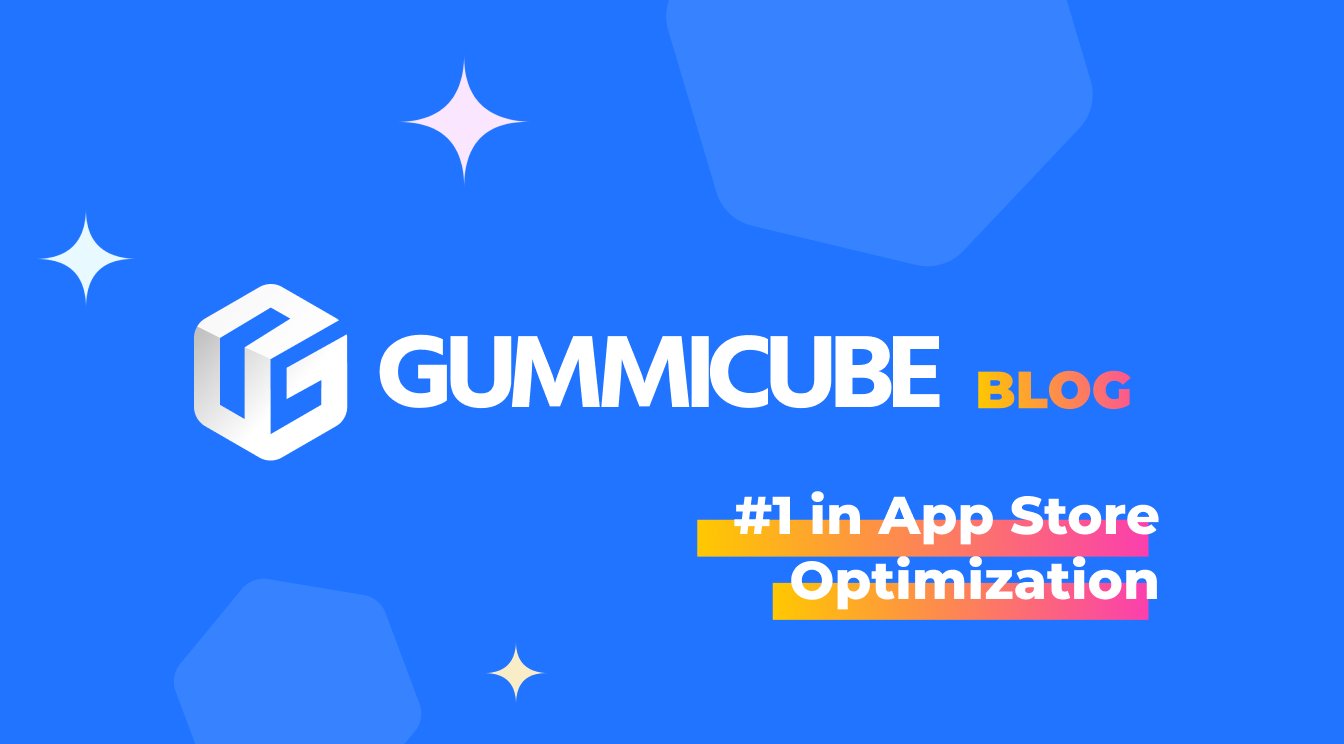
Posted on February 24th, 2017
After the wild year Pokémon GO had in 2016, from its release to eventual fall from grace, it’s back once again trying reclaim its place on the Top Charts of the App Store. The hit game that took players of all generations and the world by storm last June suffered a major drop, most likely because it’s original release and most current updates do not utilize common ASO standards. Despite Pokémon GO’s quick success, the initial fall came as no surprise due to poor marketing strategies, weak keyword rankings and Niantic (publisher) relying solely on the long-standing brand name. The app launched at number one in the Top Free Downloads chart and the Top Grossing chart, but it’s lack of ASO standards lead to the app’s eventual fall in the rankings. While Pokémon GO is currently ranked at number fifteen on the Top Grossing chart in the App Store, it suffers from not utilizing ASO strategies. Apple gives developers 50 characters for titles. Including high volume keywords in the title. The app’s title acts as an additional keyword field, lending itself to build additional phrases with the terms used in the app’s keyword bank. With this additional reach, Pokémon

Posted on February 20th, 2017
It is the worst feeling when a new app crashes and there is no way to solve the issue. Many iOS users want to converse directly with app developers, but could not do so until now. Apple has been making many improvements recently, including App Store Search Ads that target popular terms that developers can now bid on, similar to Google’s Ad Words platform. The biggest news, however, is the recent announcement of Apple’s newest software update iOS 10.3, which finally allows app developers to respond to user reviews. To create more interactive storefronts, developers can now reply to any posted app review, making the response visible for all other users in the App Store to see. Users will get an alert when their review receives a response and can update the review if they choose. Moreover, with the addition of the SKStoreReviewController API, users will be able to review an app without sending them back to the App Store. iOS users can look forward to getting fast responses and feeling more support when there is an issue. Developers replying to reviews will create a better user experience and improve their app’s rating. By delivering great responses that assist users, developers will be able to fix issues faster, improve user engagement and see increases in conversion rates. While iOS users will get the satisfaction of hearing back from developers, Android users have first-hand experience in receiving responses from app developers. Replying to reviews has effectively solved confusion or issues and has led to higher conversion rates. Google Play is the first to create a dialogue that in turn brought more popularity to apps. It has also been incredibly informative to users on what to look forward to next in upcoming app updates. iOS developers need to learn from what Android developers have done to effectively respond to app reviews. Thankfully, Apple strongly encourages developers to take advantage of the new update and start responding to all reviews, regardless of star-rating. There are some tips on how Google Play developers should respond and what kinds of reviews to reply to. Apple, however, has a list as well to help developers get a good handle on how to reply to app reviews.

Posted on January 24th, 2017
User experience design is constantly evolving, and there will no doubt be many advances to the field in 2017. UX in mobile is one of the most crucial elements of user monetization and retention; spurred on by Apple and Android’s elegant designs, users expect a similar level of finesse from their app experiences. Here are a few ways you can expect to see UX move forward in 2017.

Posted on January 6th, 2017
Google has updated its metadata rules in order to create an improved experience for users. The new rules outline suggestions based on appropriate content, as well as best practices for highlighting your app’s best features in the Google Play store. Many of the new updates simply reflect what Google has been saying all along – don’t lie about the functionality of your app, don’t stuff unrelated keywords into your description, and don’t use the names of other apps out of context. In the below screenshot, Google outlines how some developers try to scam their way to rankings by stuffing inappropriate keywords into their app descriptions. In case the above points aren’t clear, Google outlines specifically what they are not looking to see in a description:

Posted on January 4th, 2017
The annual Consumer Electronics Show is here again, and it promises to bring a host of exciting information for the tech industry. While Apple and Google have carved out their own times for annual announcements, CES can still have an impact on mobile. Here’s what we can expect from the convention this year.

Posted on December 21st, 2016
It has been a wild ride for Pokémon GO. The hit augmented reality game

Posted on December 15th, 2016
Subscription-based services are growing on the App Store, and Apple has made no secret of their wish for more developers to start offering them. In an October earnings call, CEO Tim Cook detailed the company’s record-breaking Services growth in the fourth quarter front and center. “We’re thrilled with the customer response to iPhone 7, iPhone 7 Plus and Apple Watch Series 2, as well as the incredible momentum of our Services business, where revenue grew 24 percent to set another all-time record.” Those Service revenues contributed to “a new record \[in operating cash flow] for the September quarter” according to CFO Luca Maestri. In other words, App Store Services are here to stay, and they’re only going to become more commonplace as the market matures. The success of Services on the App Store has already led Apple to incentivize their inclusion in apps. Earlier this year, Apple announced they would begin taking a smaller revenue split from Service subscriptions as long as customers maintained their subscription for over a year. After one year of consistent subscription, the traditional 70-30 revenue split will lower to 85-15, incentivizing more developers to offer quality subscriptions through their apps. Some developers are already taking advantage of the change. Major services like Netflix and Spotify are no doubt anticipating the benefits of a massive increase in revenue from a loyal subscriber base. However, subscriptions are no longer limited to services. Just look at Supercell’s Extra Builders service for Boom Beach. To quote their app description as of this writing, “Extra Builders is a monthly subscription service that allows you to build or upgrade two buildings at the same time. Extra Builders cost 2.99 USD/month (or local equivalent”. At a low cost of $2.99/month, it’s a relatively harmless buy for hardcore fans of the game that offers a real, tangible in-game benefit. Expect to see much more of this spreading to games in the future as developers attempt to incentivize users to start up a subscription in addition to (or even in place of) paying for individual in-app purchases. It’s not hard to see subscription-based shopping networks, dating apps and other services flourishing as Apple continues to incentivize subscription purchases, too. As the App Store continues to mature, consider the market your app services and how your app can best approach monetization. If a subscription makes sense for your app, it could open you up to a growing new alternate revenue source.

Posted on December 10th, 2016
On December 2, Google announced their top trending apps for 2016. Included were games like Pokémon GO and Clash Royale, as well as apps like Face Changer 2 and Castbox. The popularity of these titles won’t surprise most who work in the apps industry, but Google’s announcement is still worth looking into for the sake of determining trends that have influenced the Google Play market this year – And may continue to do so throughout 2017. For starters, Google’s Top Trending Games of 2016 were:

Posted on December 2nd, 2016
Yesterday Google revealed App Maker, a relatively low-tech way for developers to compile simple applications for Google Play. With the goal of simplifying the iteration process and opening app development up to a wider swath of creators, App Maker seems poised to do for Google Play what Apple’s investment in Swift has done for the App Store. App Maker boasts “features like built-in templates, a drag-and-drop UI editor, and point-and-click data modeling \[to] accelerate app development”. In other words, Google is attempting to democratize app development. This raises several questions for app developers and hobbyists alike. How will the introduction of App Maker help want-to-be developers who have been turned off of development by the complexity of programming? Will existing developers see a shift in competition on Google Play? Let’s start by addressing new creators looking to get into development with App Maker. While the promise of a code-lite, drag-and-drop creation suite is certainly exciting, it’s important to take into consideration the limitations of such a program, too. App Maker supports coding languages such as HTML, CSS and Javascript, so depending on how simple your proposed app is, there’s a good chance you’ll still have to dip into some coding. That said, the simple interface may expedite prototyping for simple apps. The development environment is cloud-based and intuitive, making it easy to sync with your data from G Suite applications, Google Maps, Contacts and Groups. You can also plug in other APIs to easily expand functionality. Google’s goal here is to make it simple for teams to handle development of specific, simple apps in-house without bringing on an outside developer. Yes, there is a relatively deep IDE that lets developers tool around deeper with code, but ultimately the main target is companies looking to expand into the mobile marketplace without bringing on a whole new team. On that same train of thought, App Maker likely isn’t going to become the go-to for developing complex games or other feature-dense applications. For existing developers, however, App Maker will likely mean a slight increase in competition on Google Play. A lower bar to entry for developers means more developers will be able to create high-quality apps that can compete in the Play store. With Google targeting enterprise companies, those who already have such apps in the store can expect more competition around related search terms. It will be necessary to monitor the Google Play store more closely, tracking trends that may be influenced by an influx of new apps. Just as in a standard optimization, app descriptions and creatives should be adjusted slightly to cater to these new trends, without completely reindexing your app. Use your current title, description and short description as a base, and make edits from there. With App Maker, Google is attempting to lower the bar to entry for corporate developers on the Play store. How successful they will be, and how many apps will come from this effort, remains to be seen, but App Maker is certainly worth keeping an eye on for both new and experienced developers - especially companies in Google’s target market.

Posted on November 3rd, 2016
Google announced this week that they would be cracking down on apps that try to fake their way into the Play Store’s top charts. Through the use of a new detection and filtering method, Google will remove apps that utilize fake or incentivized user ratings and installs to get a boost, and will even remove apps outright from the Play Store. This isn’t anything new for Google – the company made a similar pledge to remove fraudulent top apps a little over a year ago – but what has changed is the method of detection. Google has introduced a method of detection which will supposedly “detect and filter” apps that utilize suspect methods of ascent. Apps that are found to be utilizing these means will be removed from the top charts in an effort to “make Google Play the best platform for enjoying and discovering the most innovative and trustworthy apps”. The big news for many developers is that Google will actually remove apps from the store for violating this principle. Google warned in a blog post that “developers who continue to exhibit such behaviors could have their apps taken down from Google Play”. It’s not as wide-spanning a threat as Apple’s recent title limit change, but the removal of a popular app (even one that only became popular through suspect means) could still shake up the Google Play store. Google promises than in most cases, no action will be required on the case of the developer. They also ask that should developers request marketing assistance from an outside source, they make sure the means of the marketing are legitimate. A strong Google Play campaign doesn’t necessarily need to utilize fraudulent reviews or downloads to boost onto the charts. The strongest method of discoverability is and has always been search; most app downloads come from searches, not from the top downloads charts. Similarly, the primary determinants of your app’s keyword rankings are its title, short description and long description. A solid marketing agency will take these elements into account instead of suggesting burst campaigns or fraudulent downloads.

Posted on September 8th, 2016
Apple officially unveiled the iPhone 7 and 7 Plus at their San Francisco press conference today, confirming many rumors about the device and revealing a host of new features as well. How will the iPhone 7 impact the world of mobile? Let’s take a deeper look.

Posted on September 3rd, 2016
For the first time since in its eight-year history, the App Store’s title field will be shortened from the previous 255-character limit to a new, concise 50 characters. Apple made the announcement to developers early on September 1st, sending shockwaves through the development community as many apps will be forced to alter their titles.













